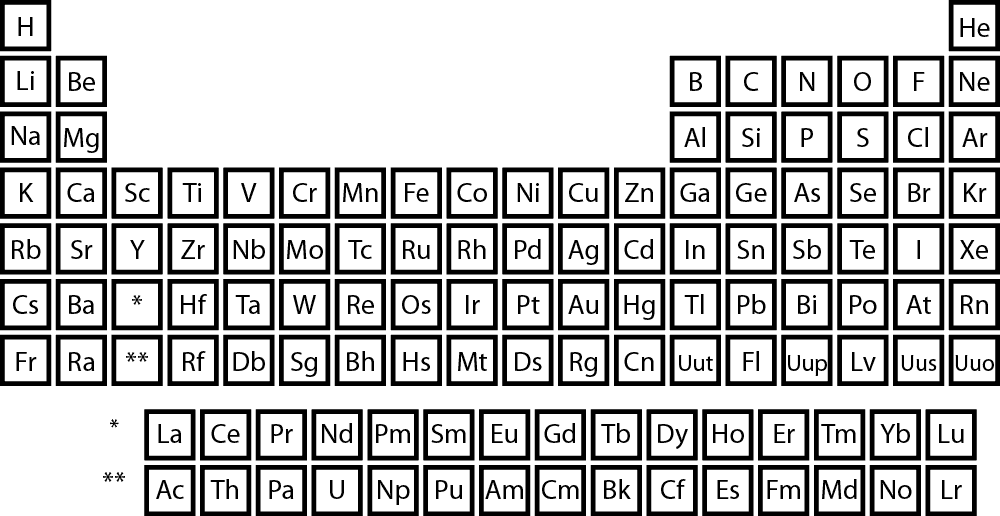
What is the symbol of an element in group 4 and period 2?
Answer
430.5k+ views
Hint:In the modern periodic table, columns represent groups and rows represent periods. An element in the same group exhibits similar properties. There are totally 18 groups and 7 periods with a separate place for inner transition elements.
Complete answer:Periodic table is a visual representation of the 118 chemical elements that have been discovered. It's organized into "periods" and "groups" in rows and columns, respectively. The elements are often organized by atomic number, which is the number of protons present in the nucleus of each atom of each element, from left to right and top to bottom. We can see that group 4 is the second group of transition metals present in the table. As the name suggests, these transition metals act as a bridge between metals and non-metal. The metallic character decreases from left to right of a period.

From the periodic table we can observe that the group 4 elements begin from the fourth period. In fact, there are no elements of group 4 in period 2. This is because the group 4 elements have an outer electronic configuration
Note:
It is more important to note the context in which such a question is raised. Some scientists when studying about the transition elements, refer to the first element of the group to be in period 1. Since, here the question is generally asked, we say that there is no element in the periodic table belonging to group 4 and period 2.
Complete answer:Periodic table is a visual representation of the 118 chemical elements that have been discovered. It's organized into "periods" and "groups" in rows and columns, respectively. The elements are often organized by atomic number, which is the number of protons present in the nucleus of each atom of each element, from left to right and top to bottom. We can see that group 4 is the second group of transition metals present in the table. As the name suggests, these transition metals act as a bridge between metals and non-metal. The metallic character decreases from left to right of a period.

From the periodic table we can observe that the group 4 elements begin from the fourth period. In fact, there are no elements of group 4 in period 2. This is because the group 4 elements have an outer electronic configuration
Note:
It is more important to note the context in which such a question is raised. Some scientists when studying about the transition elements, refer to the first element of the group to be in period 1. Since, here the question is generally asked, we say that there is no element in the periodic table belonging to group 4 and period 2.
Latest Vedantu courses for you
Grade 10 | CBSE | SCHOOL | English
Vedantu 10 CBSE Pro Course - (2025-26)
School Full course for CBSE students
₹37,300 per year
Recently Updated Pages
Master Class 11 Economics: Engaging Questions & Answers for Success

Master Class 11 Business Studies: Engaging Questions & Answers for Success

Master Class 11 Accountancy: Engaging Questions & Answers for Success

Master Class 11 English: Engaging Questions & Answers for Success

Master Class 11 Computer Science: Engaging Questions & Answers for Success

Master Class 11 Maths: Engaging Questions & Answers for Success

Trending doubts
State and prove Bernoullis theorem class 11 physics CBSE

1 ton equals to A 100 kg B 1000 kg C 10 kg D 10000 class 11 physics CBSE

State the laws of reflection of light

One Metric ton is equal to kg A 10000 B 1000 C 100 class 11 physics CBSE

Difference Between Prokaryotic Cells and Eukaryotic Cells

1 Quintal is equal to a 110 kg b 10 kg c 100kg d 1000 class 11 physics CBSE




